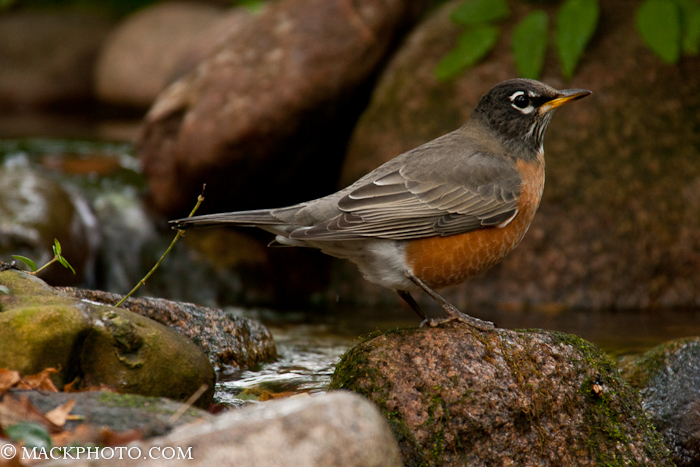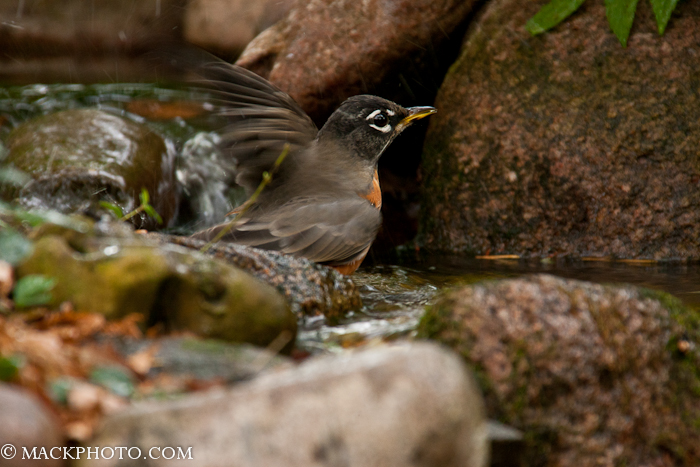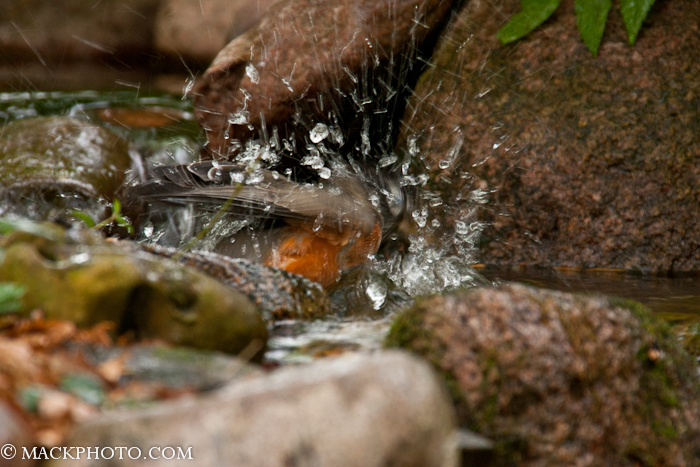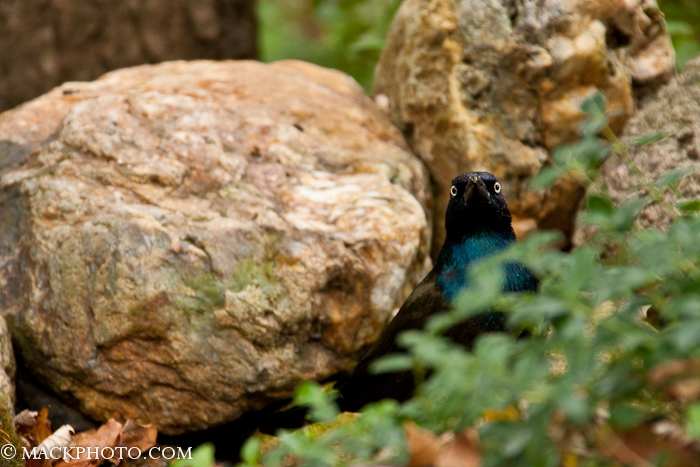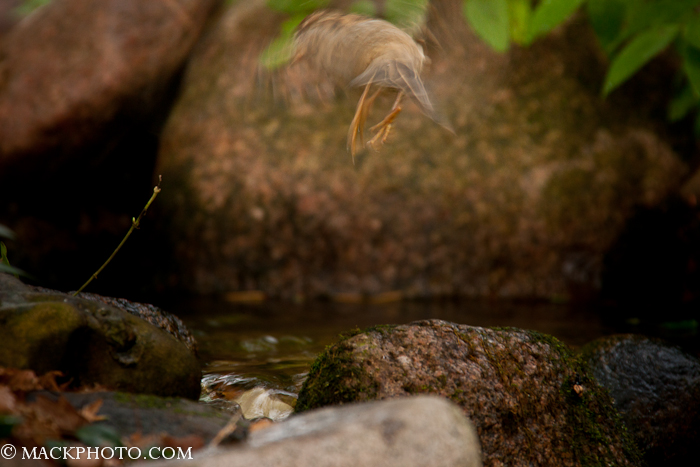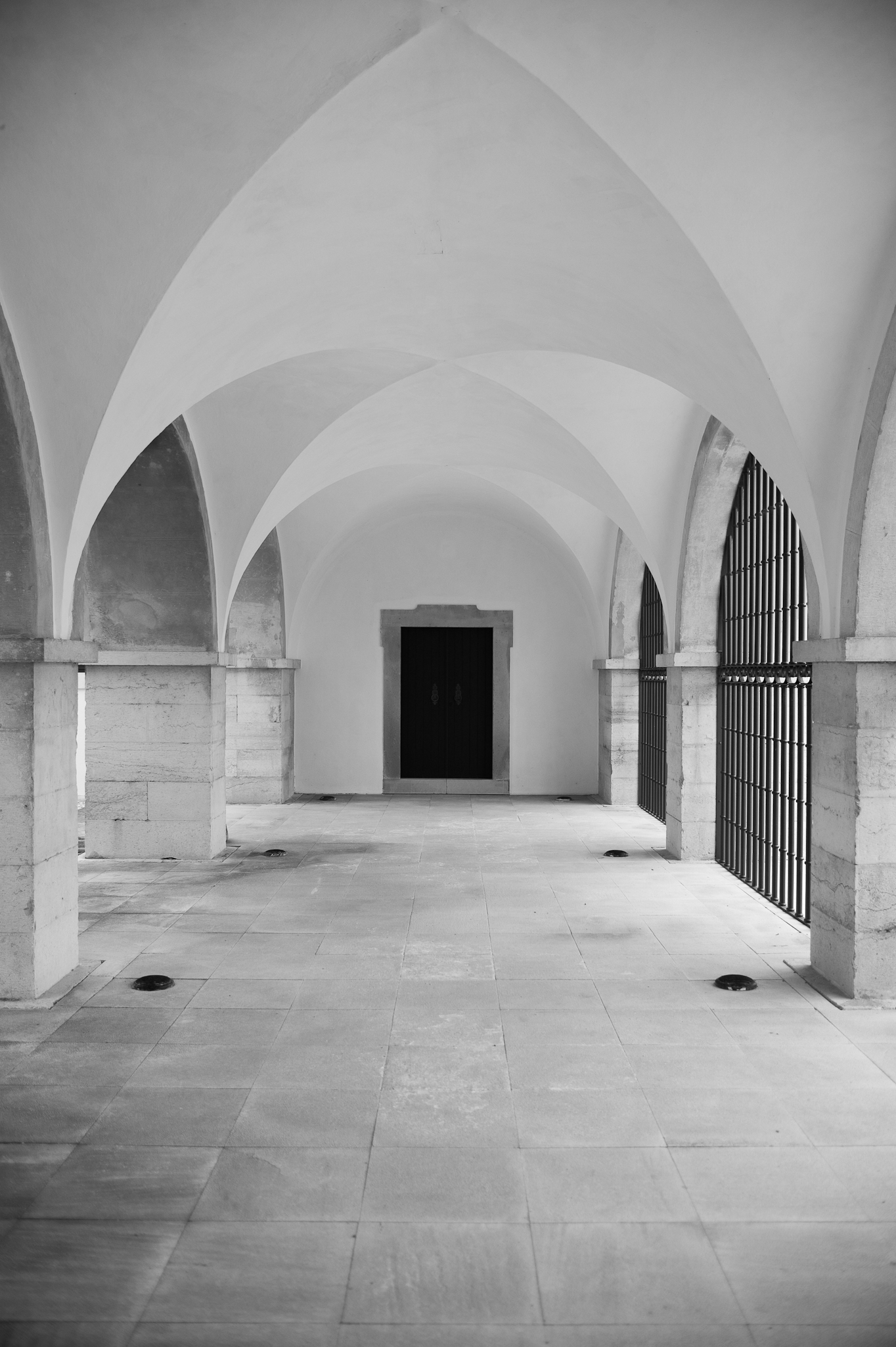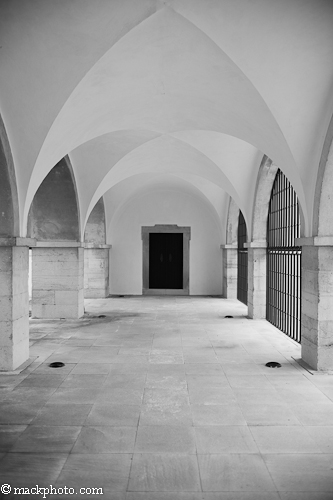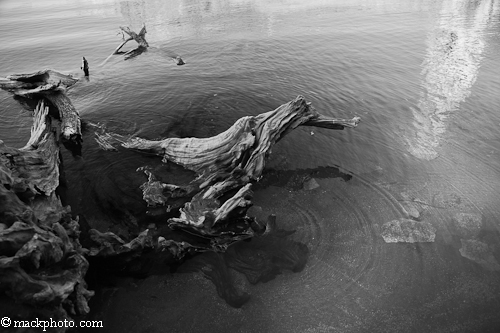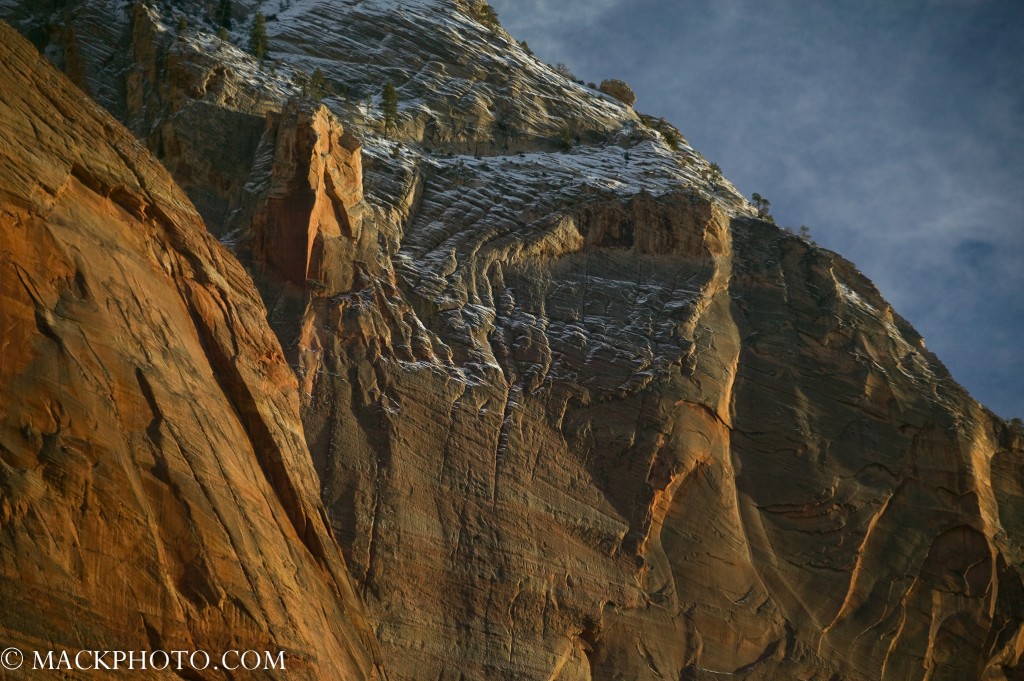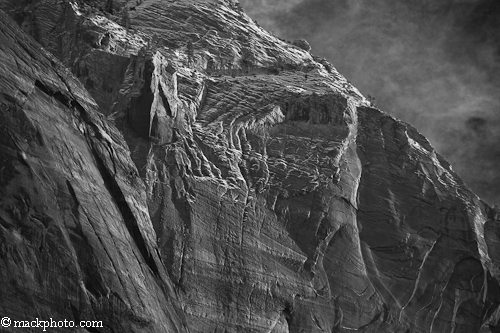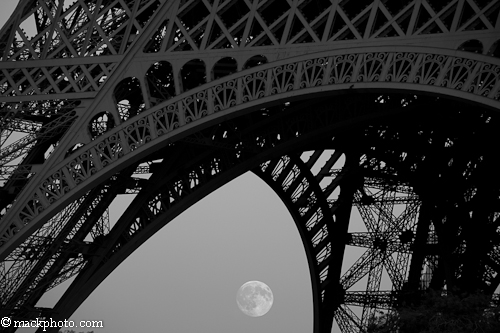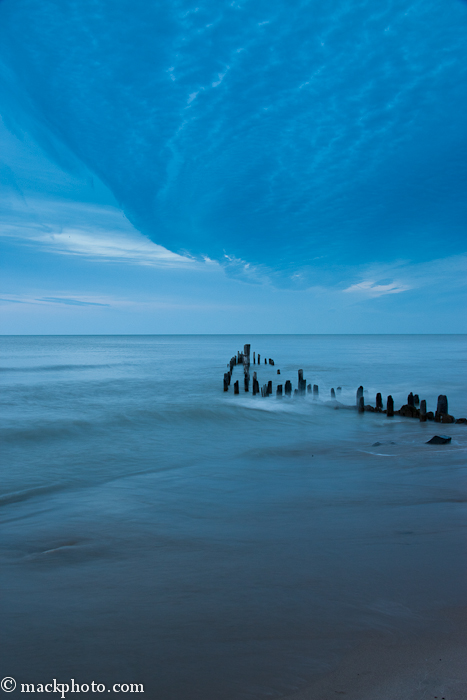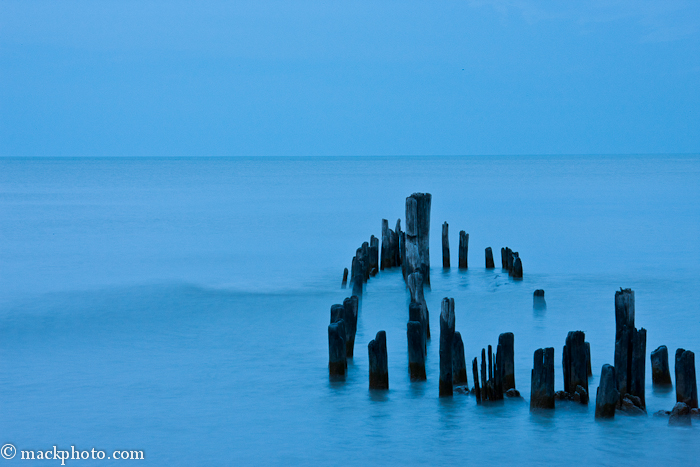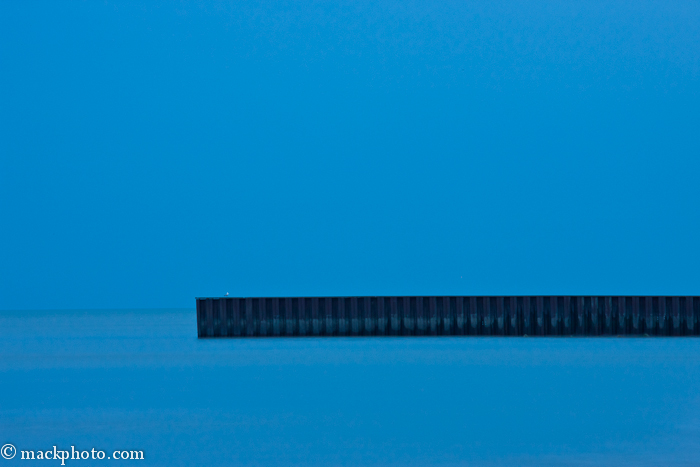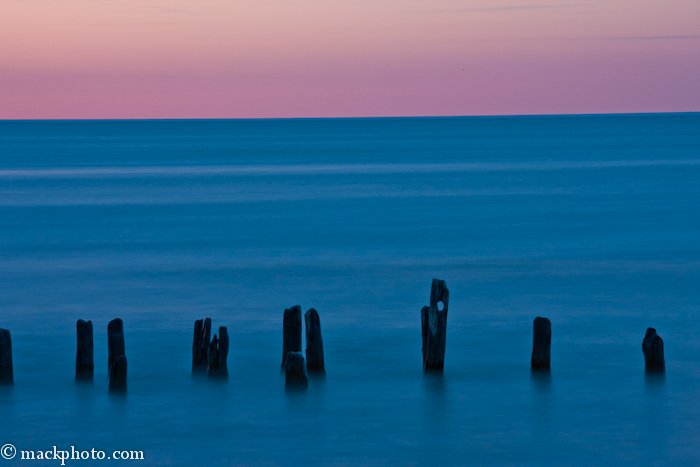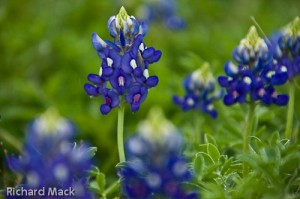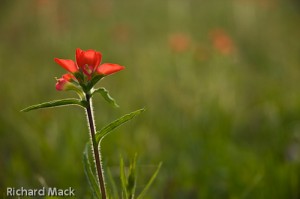This morning I had my coffee by my pond – affectionately known as Big Thoughts Pond – as I usually do on a nice morning. All summer I have sat and watched the goldfish and birds as they move around and each time I think – I should get the camera. Well, this morning I had read a post by photographer consultant Carolynn Potts about jotting down notes on what you see each day. I thought why not just shoot it since it had been my intention all summer. I did shoot some of the flowers around the pond this summer, but never took the time to sit and wait for the birds to make their way down the trees to take their drinks or a quick bath. So this morning I sat and watched and clicked the shutter. The morning was overcast and rain was in the air eventually. This gave me the perfect light to shoot in with no shadows.
We should all do this more often, what we intend to do and haven’t found the time for. It clears your head. And for me making photographs is what I love doing and it seems this year have not been able to find as much time as I would like to make images. So I sat and watched the first one come in – a nice big Robin – and watched him look around and scope out whether the dog would bother him before he proceeded on into the water. They always move cautiously and seemingly in the same pattern. From high on the trees around the pond to the lower branches and finally the rocks by the water. Then it’s time for a drink or a bath or both. On some days they wait in the trees circling down like planes bound for an airport – waiting in the pattern for their turn to land.
Next came a Common Grackle, or so I think it is after looking it up. Might be a Brewers Blackbird I really don’t know. I am not a birder who can say for sure. This guy was a bit more stand offish and waited longer and spent less time in the water. Finally a tiny male House Sparrow entered the area and decided it was his turn. He was the only one I semi caught in flight.
I enjoyed spending the time shooting. Catching different looks from each bird. When shooting wildlife of any kind I somehow feel an attachment to them and when as close as I was it seems as though they are looking back at me and giving tacit approval for my shooting them. Clearly not, but it seems like it. By shooting things you find close to home you can test some things you aren’t comfortable with – for me it was Live View in my Canon 1Ds III. I just hadn’t played with it much. And I think I prefer to look through the view finder instead at a screen on the back but I can see why some folks prefer Live View. Once I started to review the 300 or so images in Lightroom I could also see very subtle differences in their bodies as they moved around. One shot their necks might be straighter and the next you can see some slight change in the feathers from the movements.
And near the end I just for fun I shot a few of the pond itself and some of the goldfish below. I was just playing with what came to me in the shapes and forms from where I sat by the pond. How the fish shapes below the surface played with the surface plants, the water fall streaking through the frame, whatever came to mind. To see some underwater shots done last summer search the blog for Underwater Shots.
You can see 75 of the images online at: Birds of Big Thoughts Pond. Enjoy.
If you have any comments or questions – whether about this post or pond building just post them here!
Peace,
Richard
For those interested here are the technical specs:
Camera: Canon 1Ds III
Tripod: Manfroto Carbon Fibre
Lens: Canon 28-300 f5.6 USM with a Canon 2X Convertor making most images shot at 600mm
Predominate Exposure: f.56 1/60 ISO 1600
Color temp: 5500K
